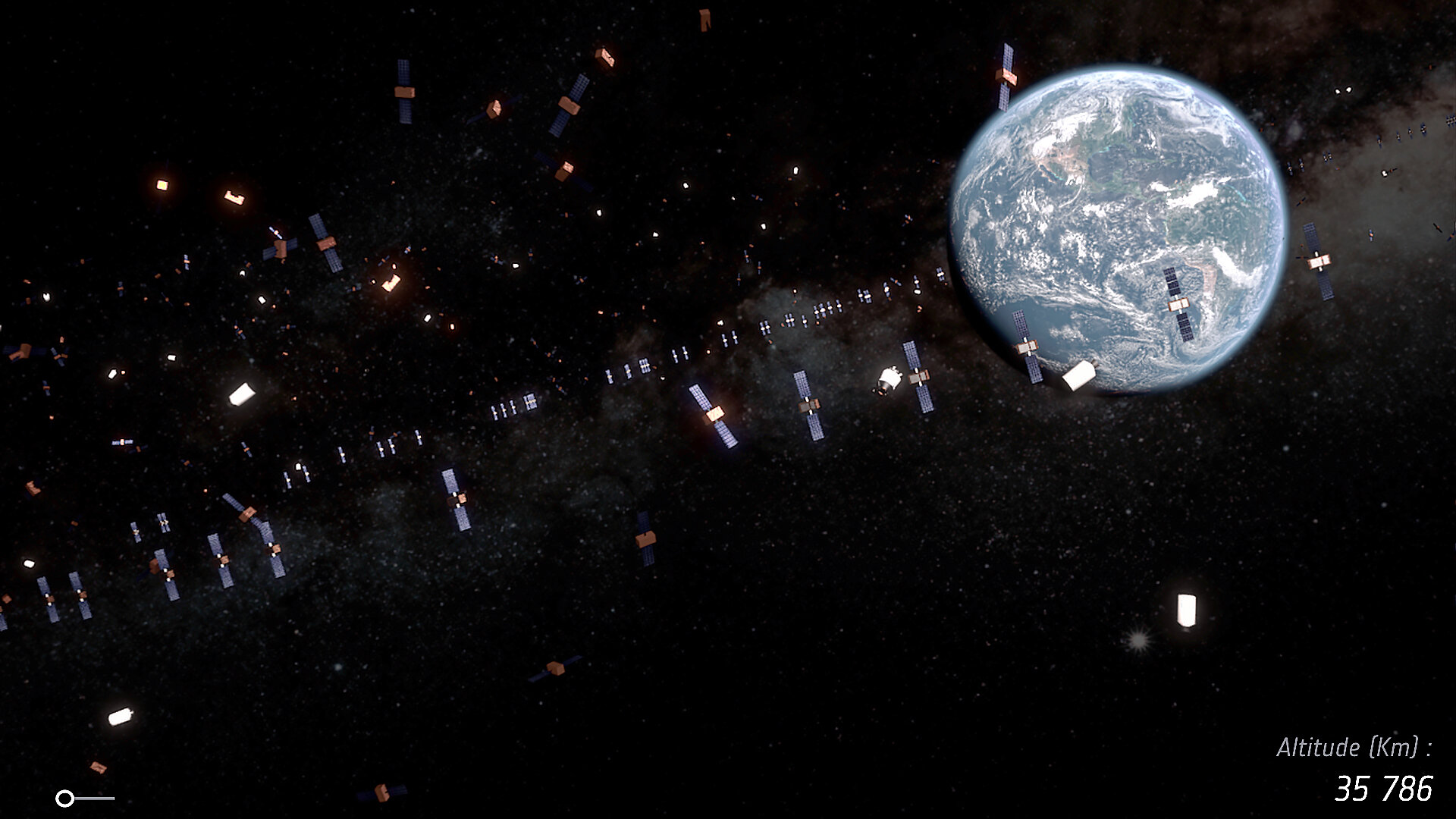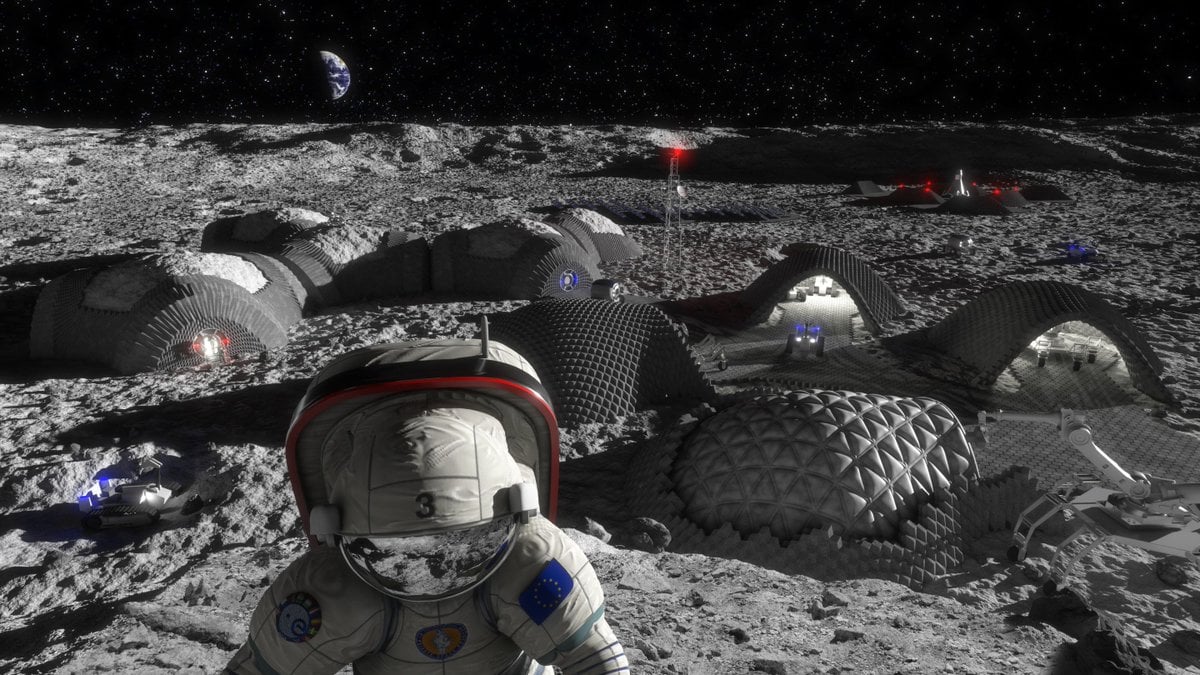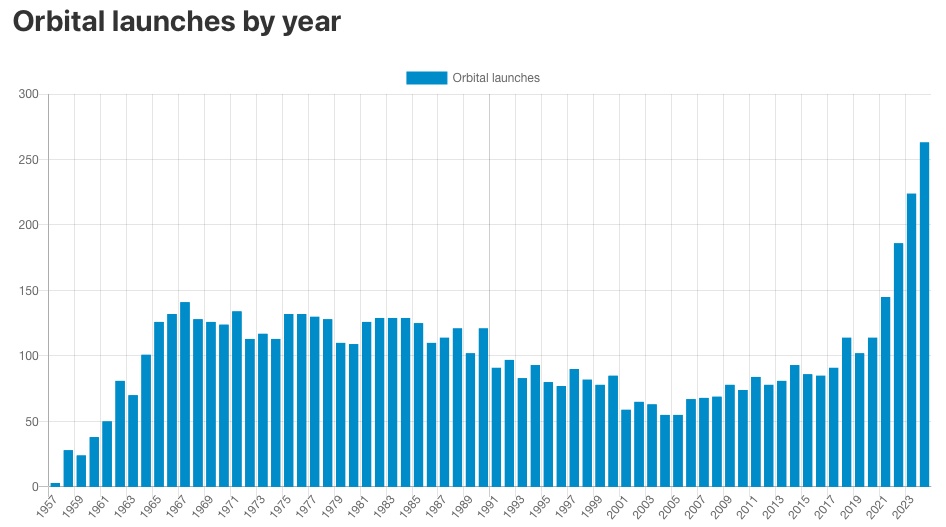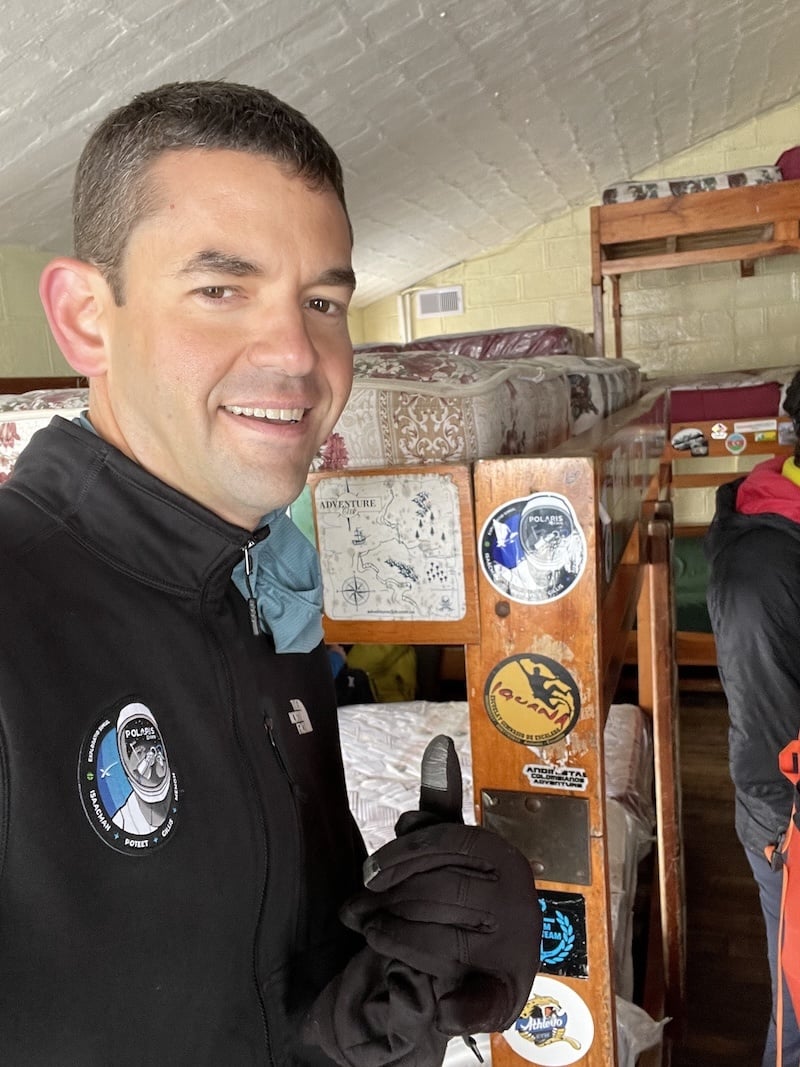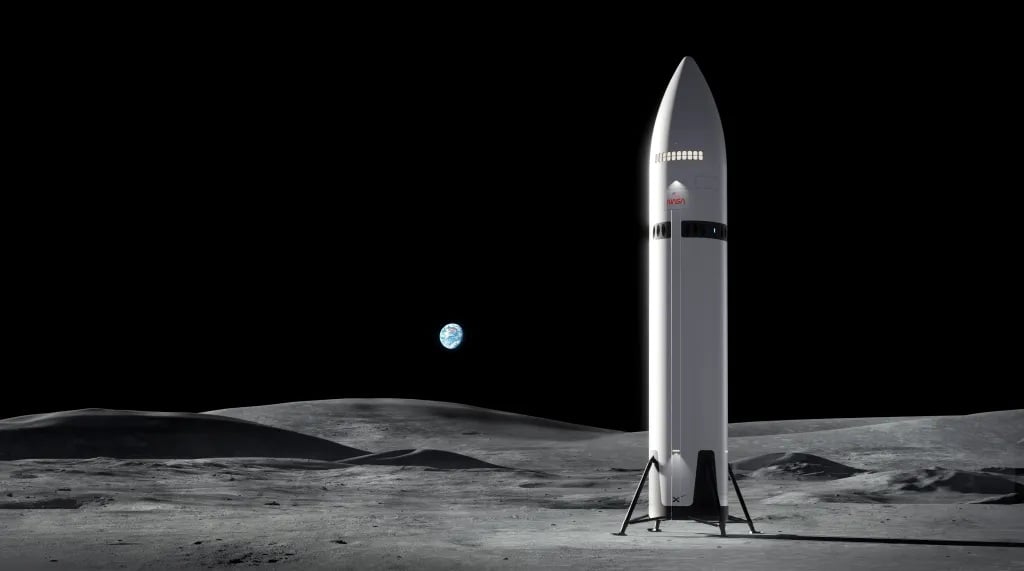The Moon Is Useless, So Let's Preserve It
I don’t think space or lunar tourism is going to be the big draw that transforms the moon into something unrecognizable.
Space policy and politics
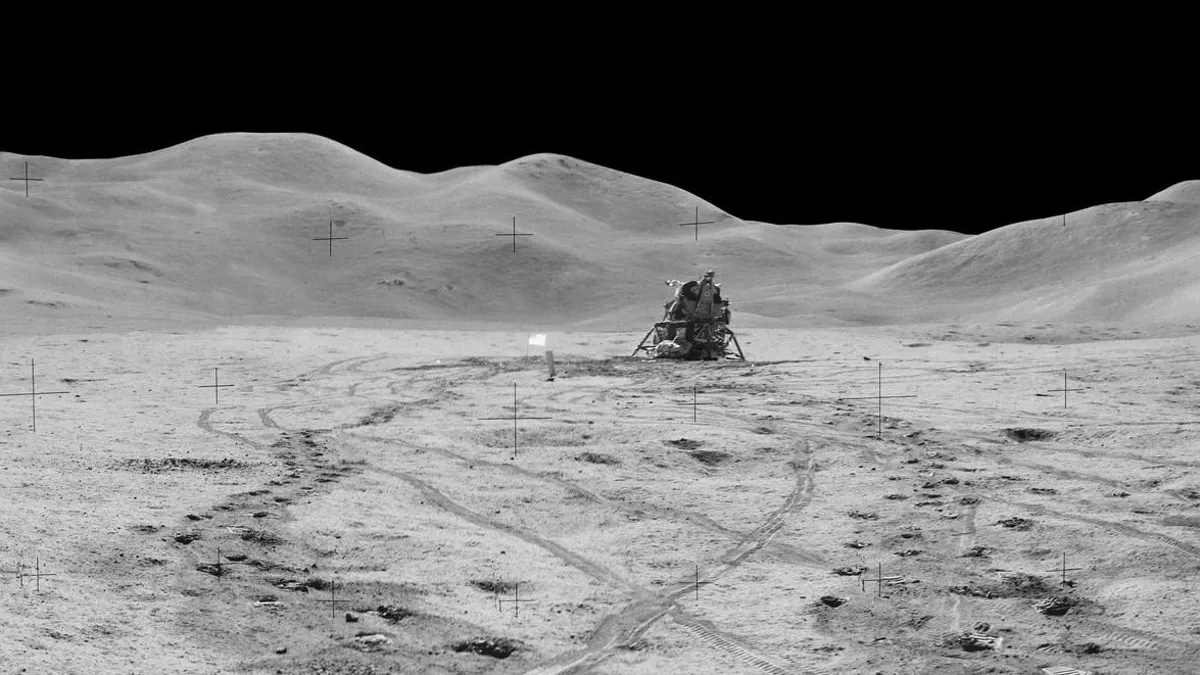
I don’t think space or lunar tourism is going to be the big draw that transforms the moon into something unrecognizable.
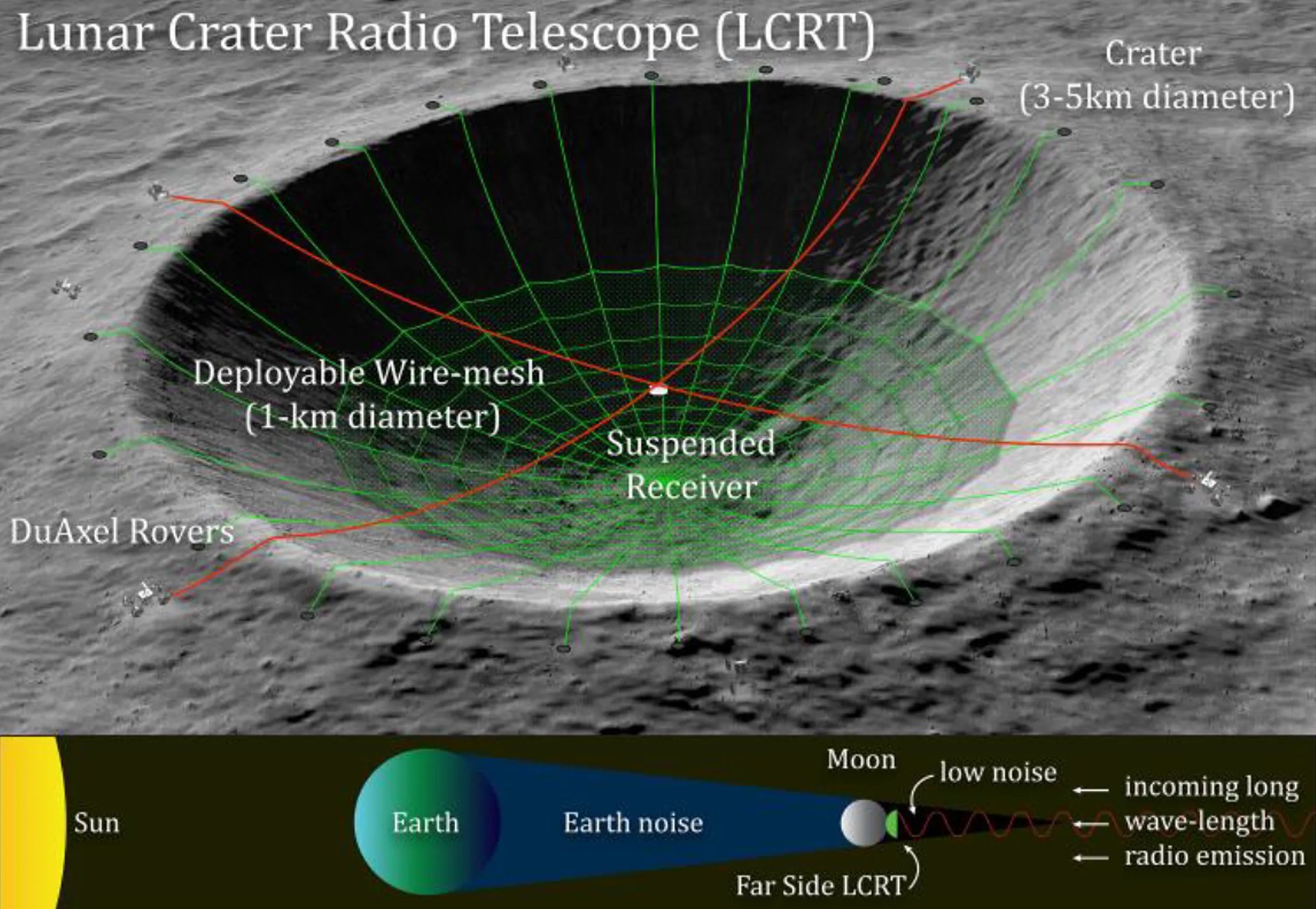
But wait, before you build that moon casino we need to talk about a couple things. One, you really have to figure out how the roulette wheel is going to work in a low gravity environment. Second, we’re going to need you to keep the noise down.
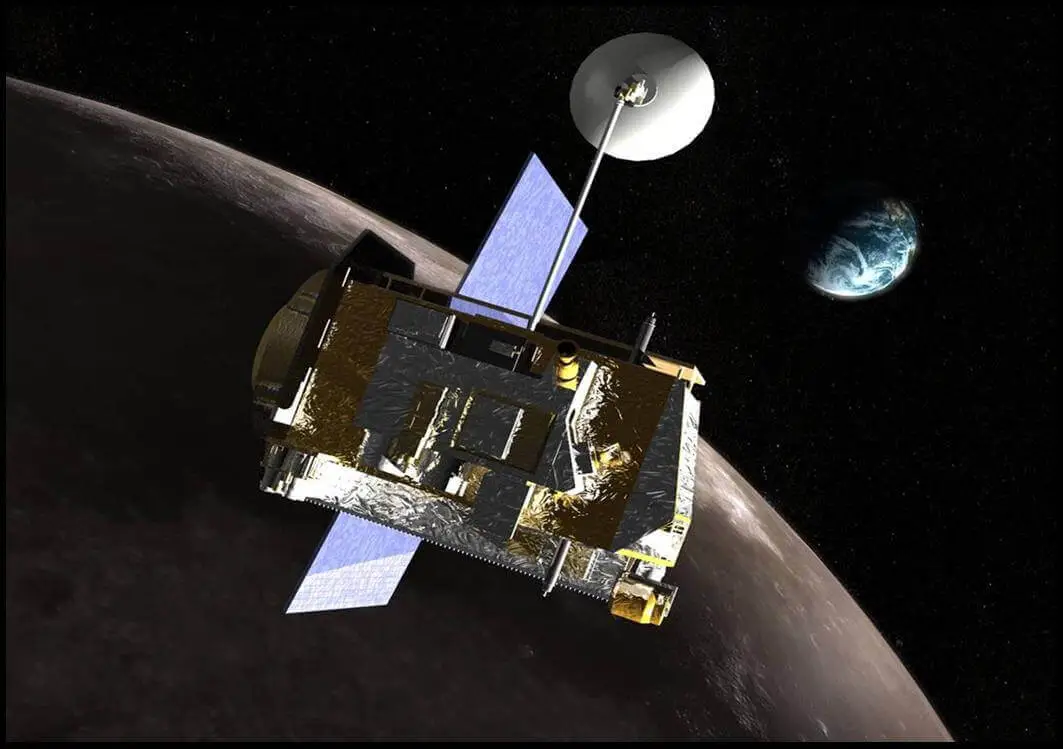
I’m not exaggerating when I say that our studies of the Moon have unlocked the mysteries of the universe.
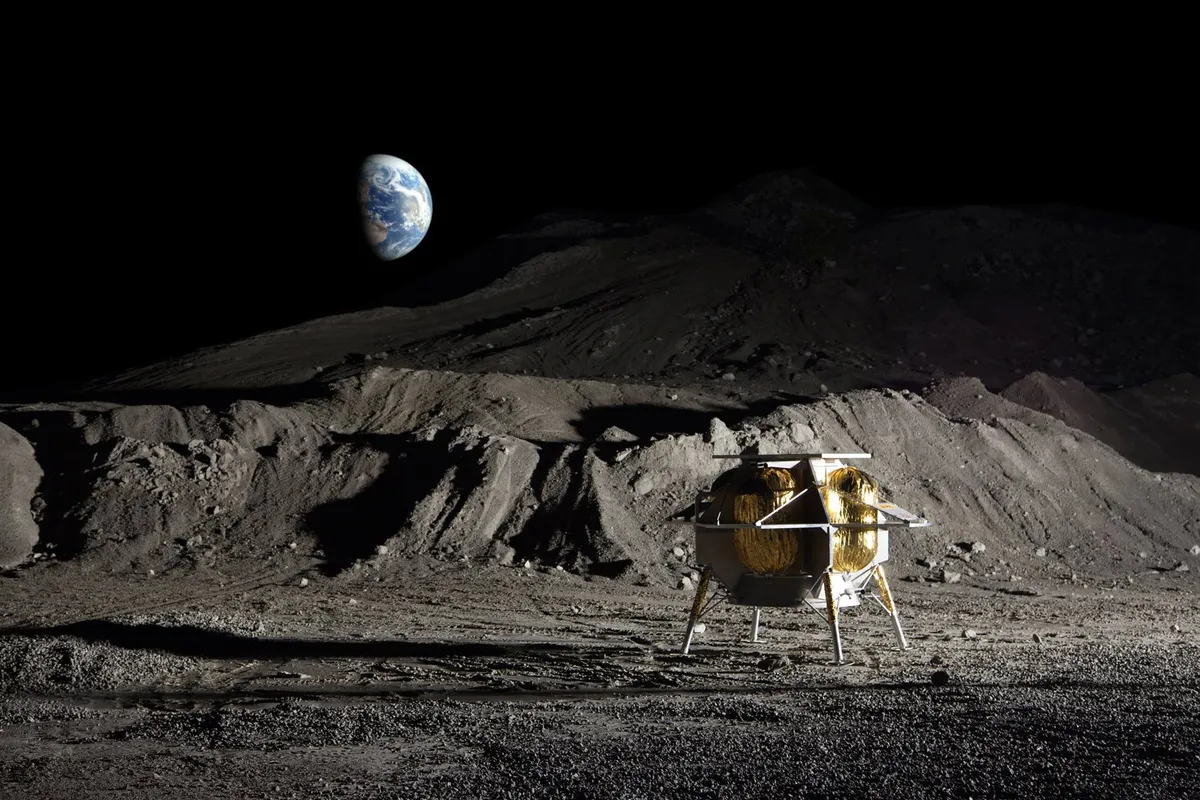
In January of 2024, the company Astrobiotic was set to make history with the first privately-developed lander, named Peregrine, to reach the Lunar surface, sent aboard a United Launch Alliance’s Vulcan Centaur rocket.
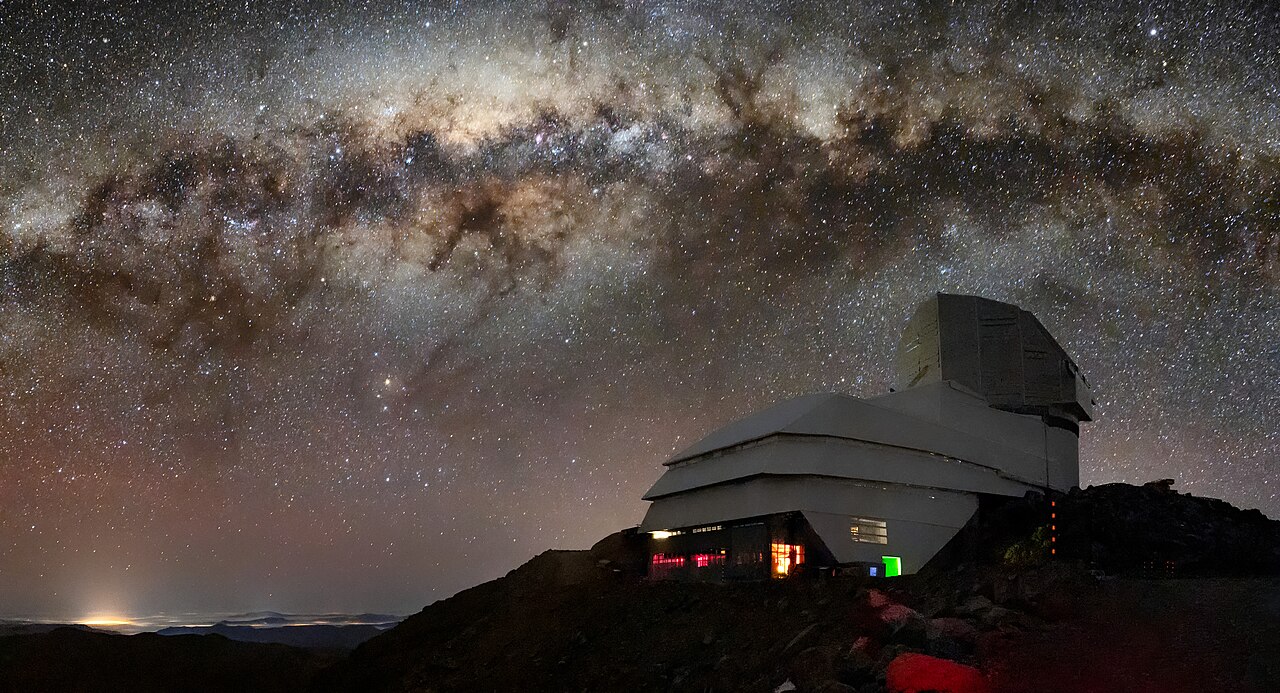
Just imagine it, the news stories are all over your phone when you wake! The day will surely come that we will discover that we are not alone in the Universe! What happens the day after though? A new research paper from the SETI Post Detection Hub at the University of St Andrews tackles this question, outlining how NASA and the global scientific community should prepare for the moment humanity detects signs of extraterrestrial intelligence.
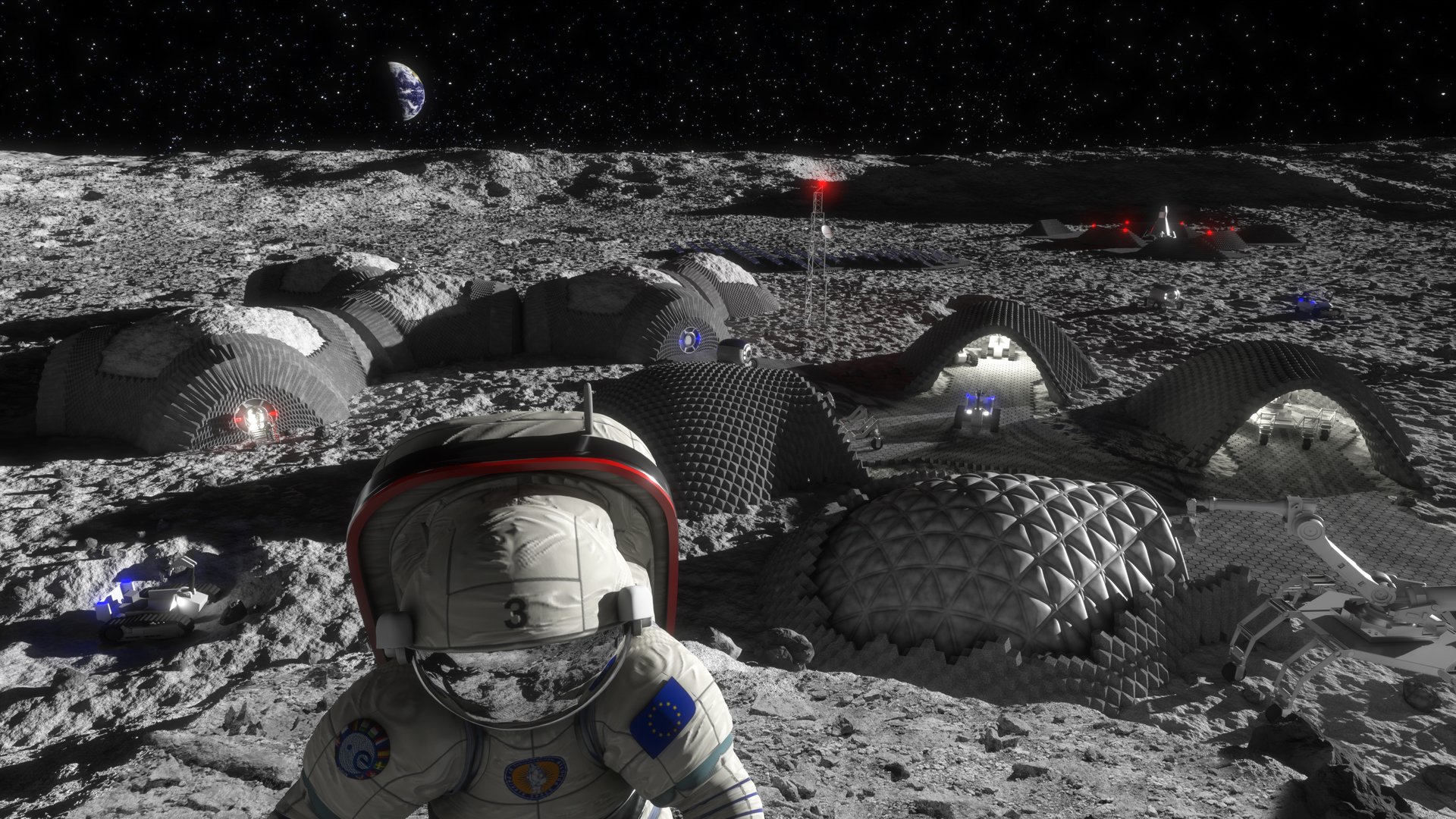
The challenge of building habitats on the Moon is considerable, mainly because most additive manufacturing (aka. 3-D printing) techniques are not feasible. By utilizing a 3-D printing method known as light-based sintering, future missions to the Moon could manufacture bricks out of lunar regolith, rather than trying to build whole structures. This would facilitate a long-term human presence on the lunar surface, consistent with the Artemis Program and other plans for lunar exploration and development.
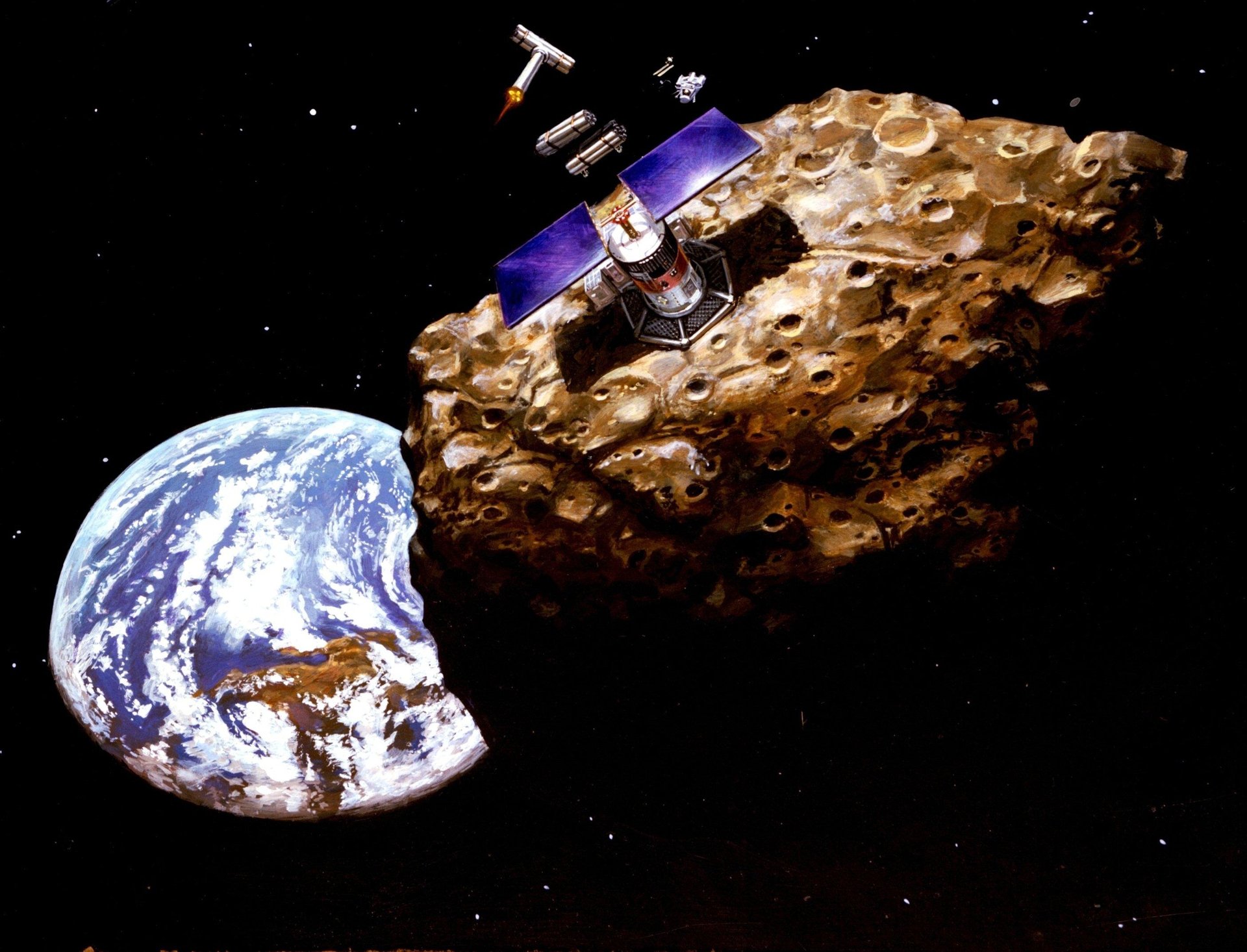
This year's $10,000 Schweickart Prize is going to a team of students who are proposing a panel to address the risks that could arise when we start tinkering with asteroids.
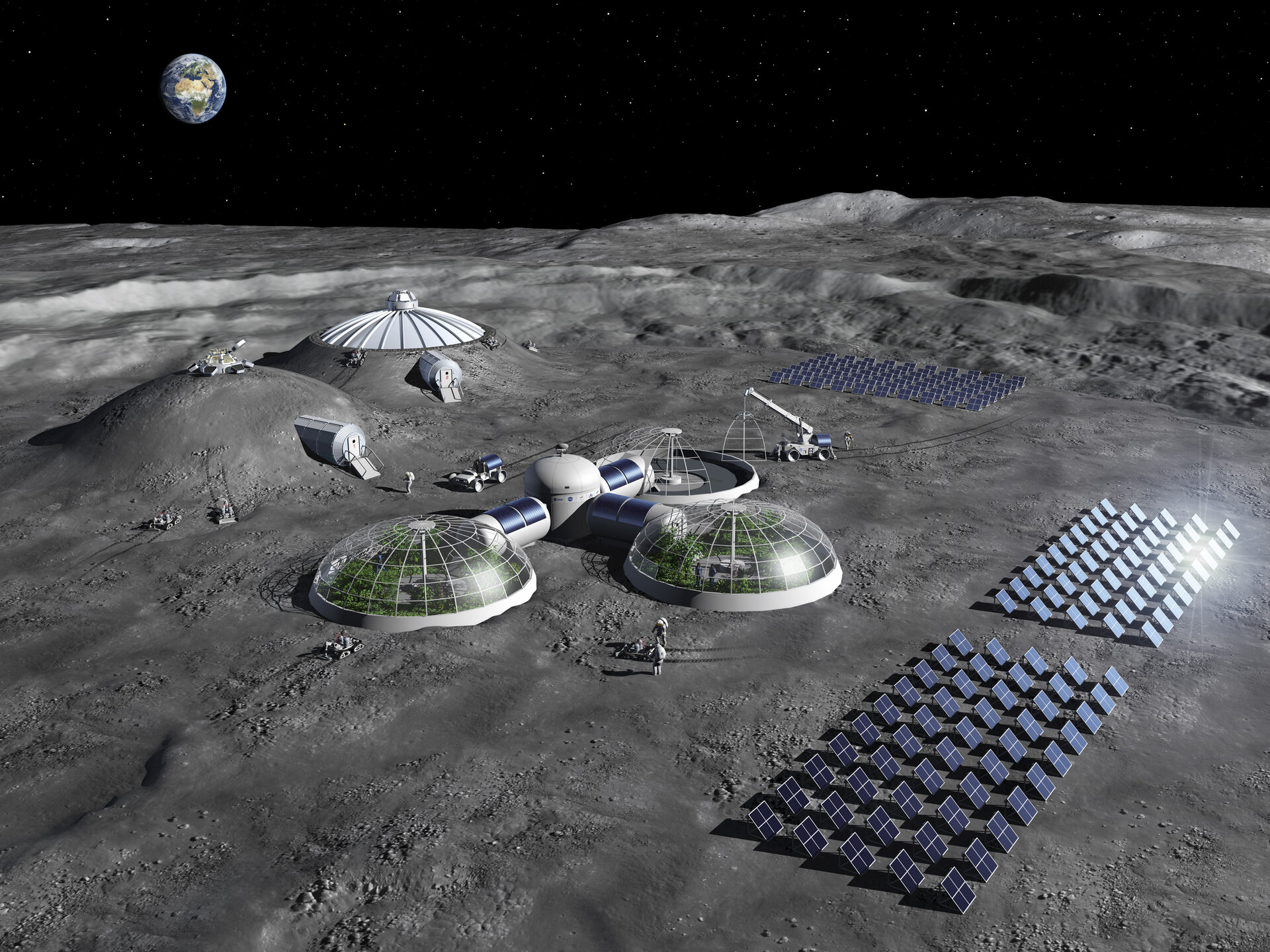
Space exploration enthusiasts tend to overlook the regulatory aspects of their desired goals. They focus on technologies and the science we can do with them rather than mundane things like property rights or environmental considerations. However, in the long run, those enthusiasts will have to grapple with all aspects of exploration programs as they begin to affect more and more of the public. With such foresight, various groups have started putting forward ideas for frameworks of how to holistically think about how to utilize the Moon, as that seems the most likely first stepping stone out to the wider solar system. A new paper from Ekaterina Seltikova and her colleagues at the Space Generation Advisory Council (SGAC) and the University of Toronto puts forth one such framework, with a particular focus on how to develop a lunar economy that is open for everyone.
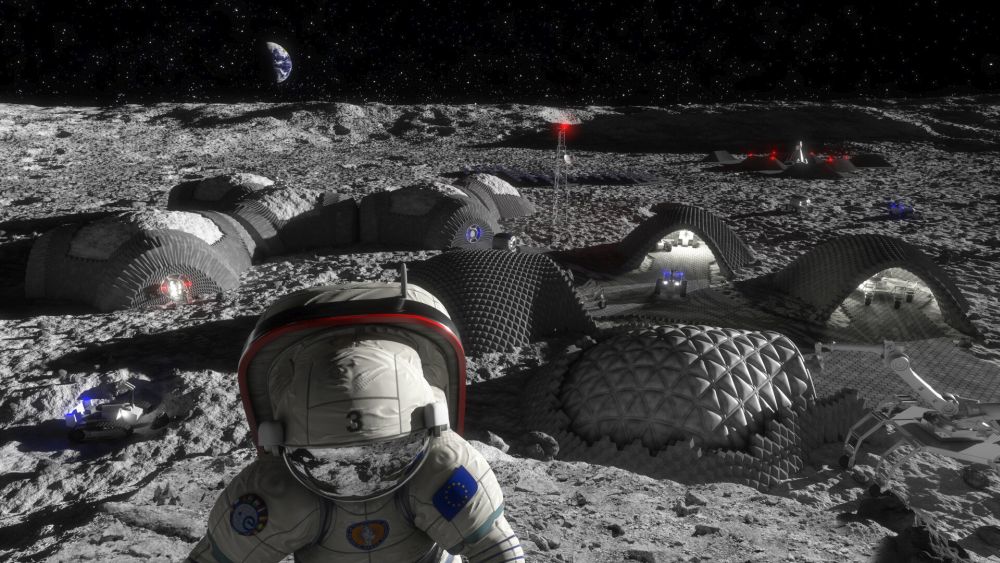
As different nations begin conducing operations on the lunar surface, humanity's penchant for geopolitical struggles will likely be along for the ride. Tension between nations and/or corporations could grow. There are few rules and treaties that can calm this potential rising tension. What kinds of conflict might erupt and how can it be prevented?
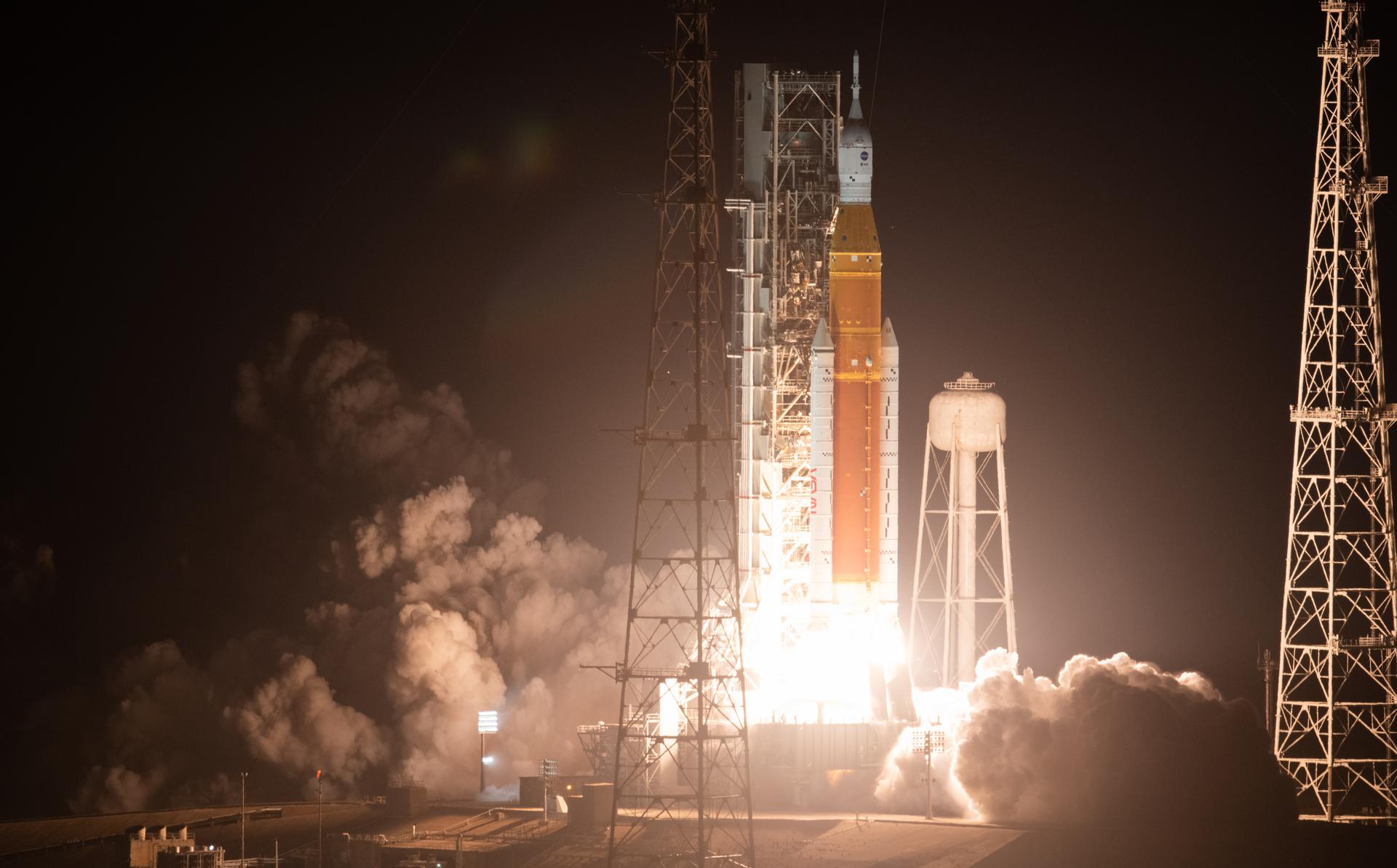
A recent study looked at the challenges New Space may face, in terms of impact on the ozone layer. The study was published recently in the journal of Nature (link) by researchers out of University of Canterbury in Christchurch, New Zealand, Harvard University, and the Institute for Atmospheric Climate Science and the Physics-Meteorology Observatory in Switzerland.

It's official. NASA's Fiscal Year 2026 Discretionary Budget Request (FY 2026) has been released, and the news is decidedly mixed. In a previous article, we examined the FY 2026 Budget Request (released on May 2nd) and its recommendations for the coming year. With the release of the FY 2026 Budget, what was previewed and the anxiety it caused for many have been confirmed. While the Budget bolsters funding for NASA's exploration programs for the Moon and Mars, it also contains deep cuts to many other programs and the cancellation of key elements in NASA's Moon to Mars architecture.

